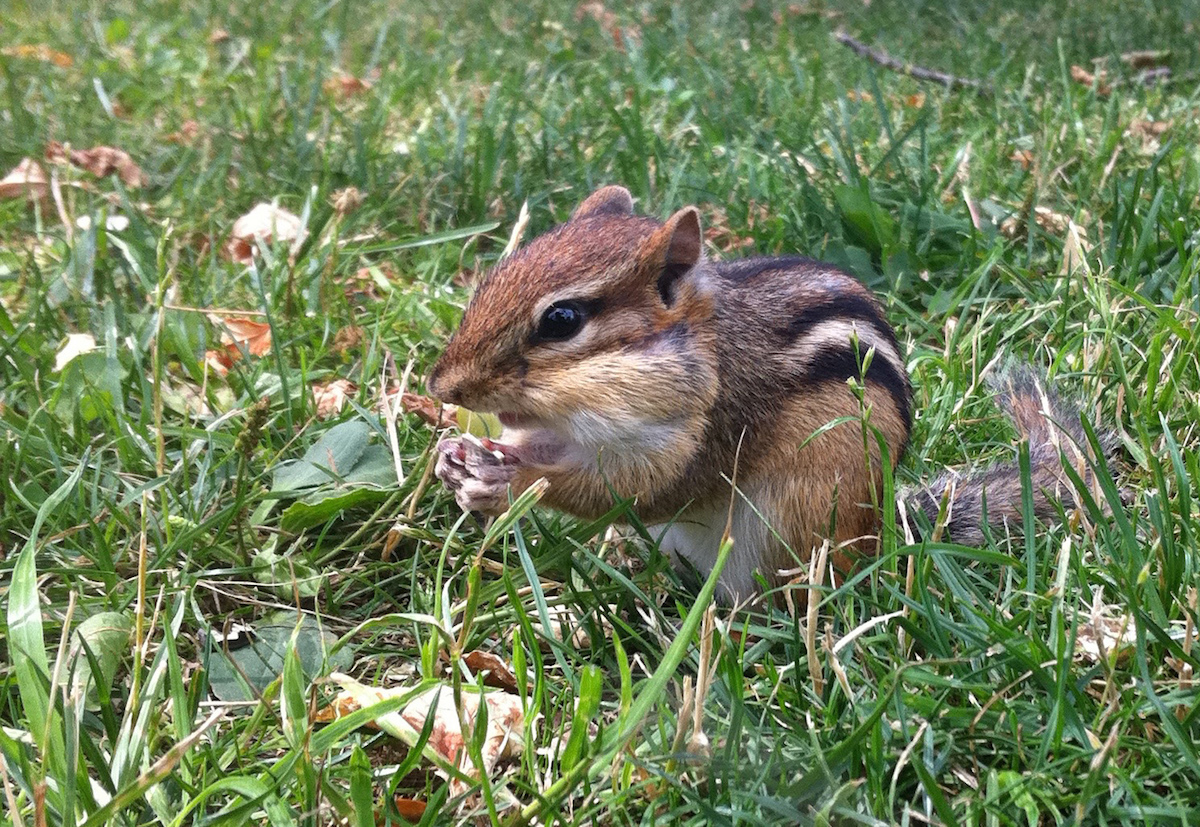Feed the Troops
Providing animals with their favourite foods is an important part of wildlife-friendly gardening. Consider a variety of plant types, as this will provide both a diverse and continuous source of food to all the beneficial species of animals that will visit your garden. In addition to food plants that serve as natural habitat, many gardeners enjoy supplementing with bird seed or sliced fruit, and preparing these snacks also makes a fun activity that gets children involved in gardening – not to mention watching the critters who come to eat!
Tip 1: The Wildlife Buffet
A diversity of plants will attract the greatest variety of wildlife and meet their needs on many levels, not just food. A combination of evergreen and deciduous trees, shrubs, grasses, vines and perennials/flowers will provide plentiful food, and flowers produce pollen and/or nectar for pollinating animals like bees, butterflies, beetles, flies and hummingbirds.
Once pollinated, these flowers transform into seeds, nuts and fleshy fruit which provide nutrition for all sorts of birds and mammals. Blue jays love acorns, as do wood ducks and some woodpeckers. Robins, waxwings and orioles enjoy the fleshy fruit of cherry, Saskatoon berry, hawthorns and others.
Leaves from trees, shrubs and herbaceous plants are important for caterpillars – the early stages of a butterfly’s life. Mourning cloaks feed on poplars and willows, tiger swallowtails munch on white birches, as do green commas and white admirals. Also, several mammals eat leaves, and buds and twigs offer sustenance during the winter months for many smaller critters like the snowshoe hare and hoofed animals like deer. A greater variety of plants also attracts a greater variety of insects (don’t worry – we’re not talking about mosquitoes!). This is good news for the birds, bats, toads and other wildlife that feed on them in various ways.
Tip 2: Think Seasonal
Most wildlife cannot survive on only one season’s food. Consider the four seasons as you plan your garden. Early spring flowers are critical for returning and awakening animals. Summer and autumn blooms support all sorts of pollinators in their various stages of life and later help prepare them to migrate or hibernate. Seeds and berries in summer are useful, as are those that remain during the fall and winter months for migrating and overwintering animals.
Also, think about creating or leaving existing wetlands and ponds. These water bodies are important feeding areas for ducks and shorebirds, amphibians and reptiles as well as small fish.
Tip 3: Add a Little Extra
Supplemental feeding, such as putting out bird feeders, can make it easier for wildlife to survive harsher times. Make sure they are placed in a safe place where lurking cats and the dangers of birds flying into windows are minimized. Feeders need to be kept clean in order to prevent disease and food needs to be stored in a dry place.
Happy gardening!
Getting Certified
In certifying properties, the CWF looks to see if your outdoor space meets the needs of wildlife. The program encourages a well-rounded approach that includes natural features which support a diversity of wildlife. The CWF website will guide you through these different components.

